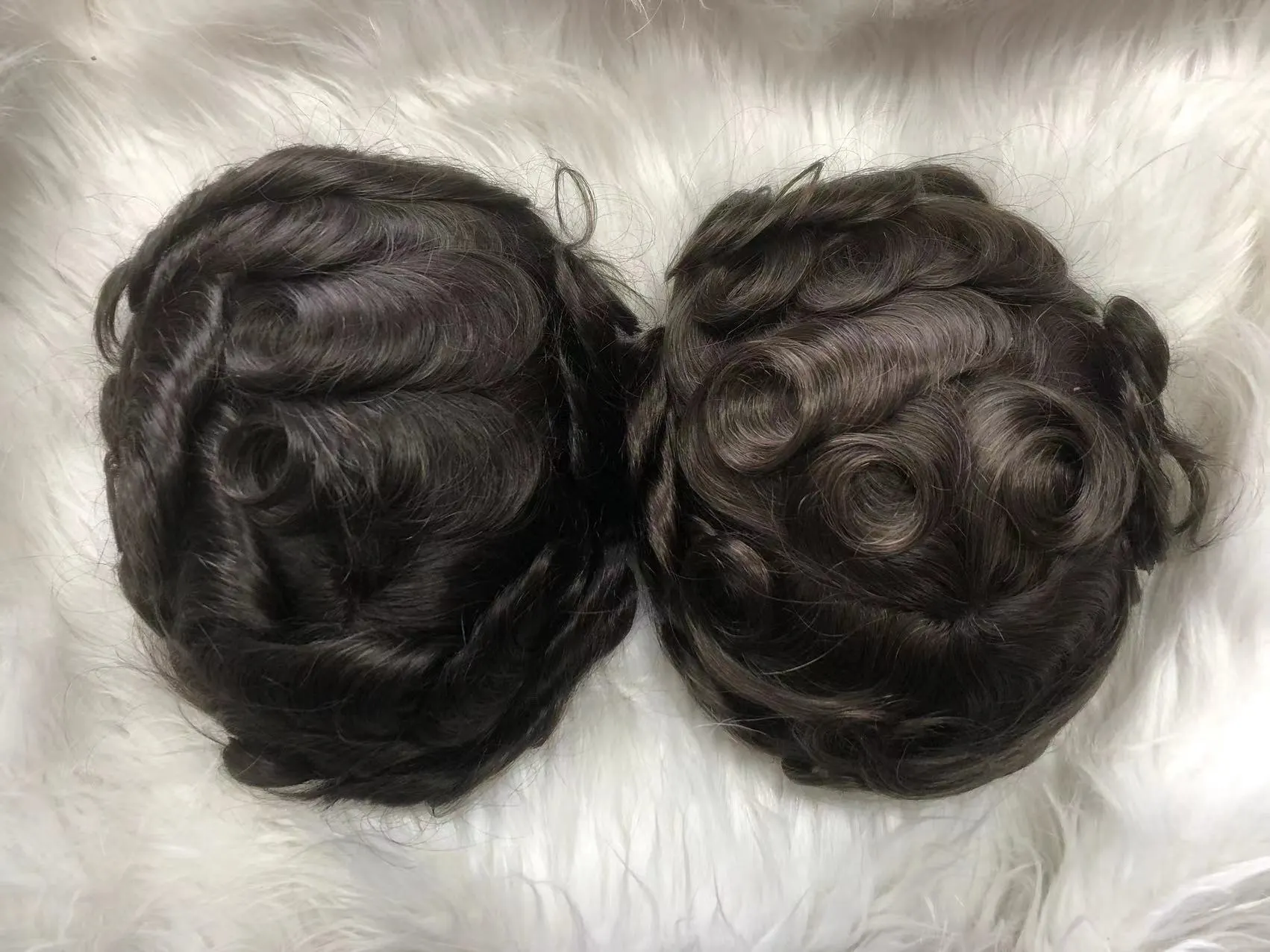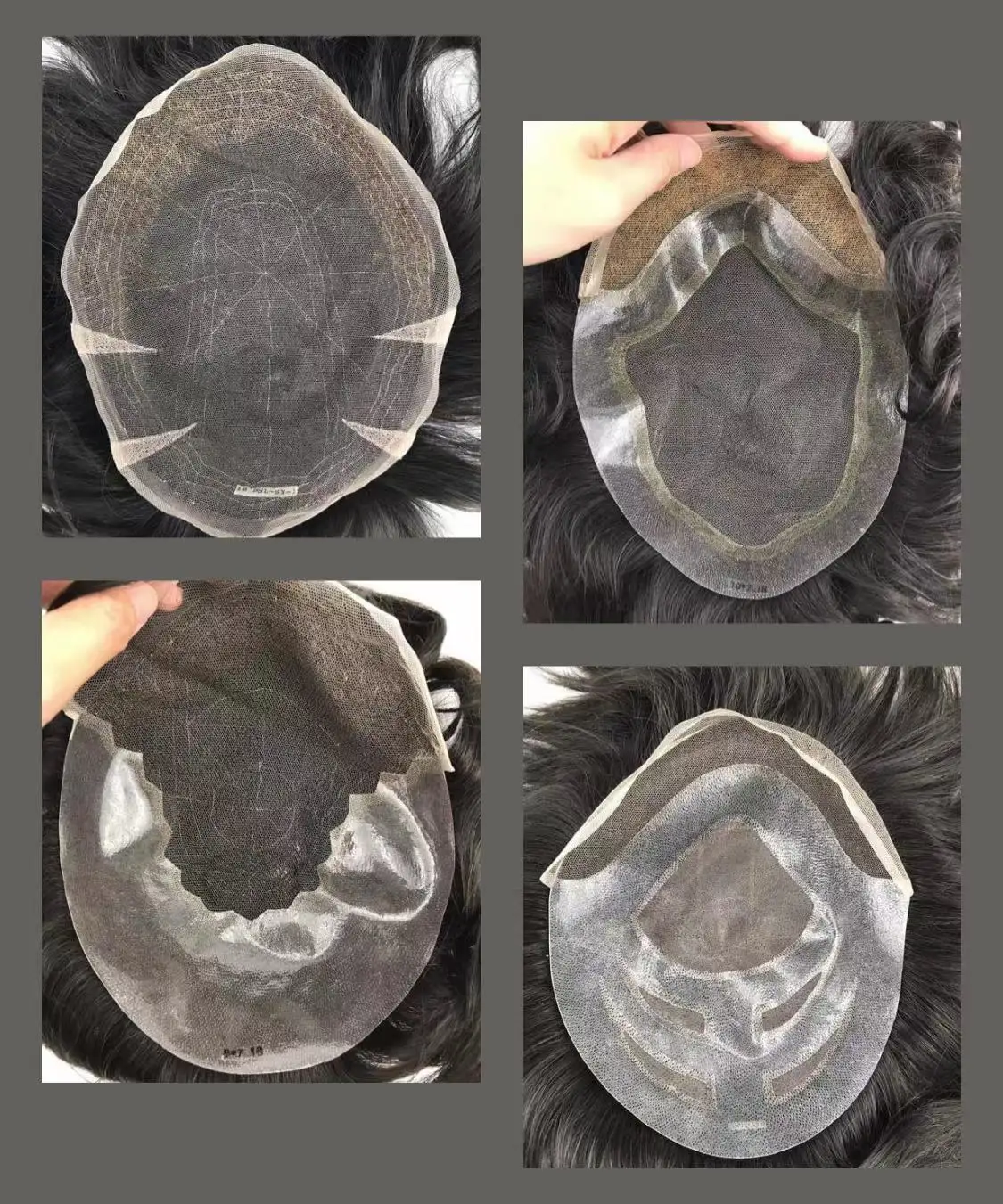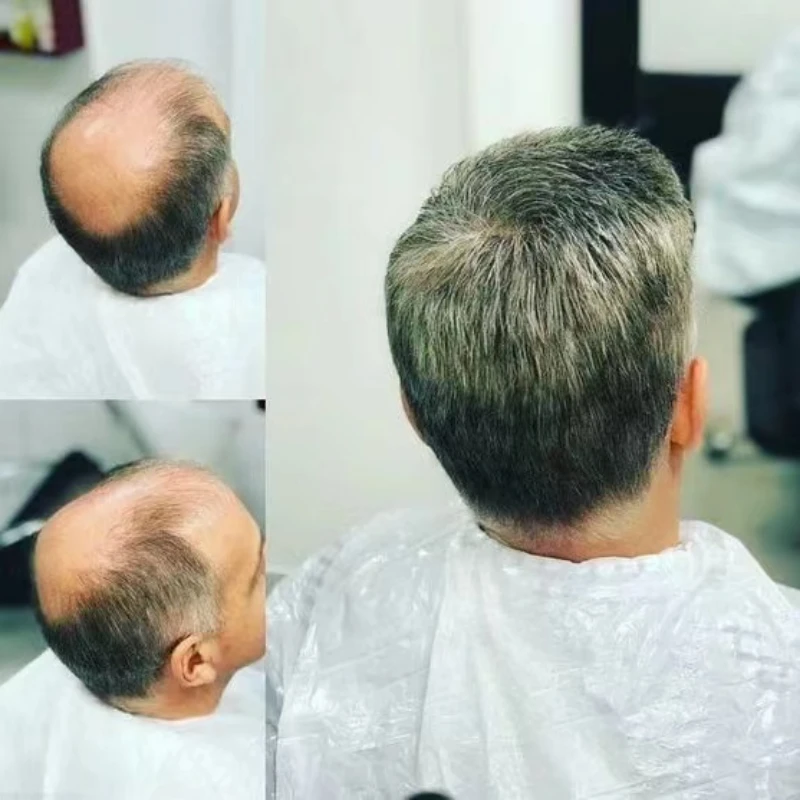The word “toupee” is one of those curious terms in the English language that might seem straightforward but carries a rich history and a variety of connotations. A toupee, for those unfamiliar, is a small wig or artificial hairpiece worn to cover a bald spot. Its spelling and pronunciation have intrigued people for years. This article delves into the origins, evolution, cultural significance, and contemporary relevance of the toupee, all while ensuring you never forget how to spell it correctly: T-O-U-P-E-E.

The term “toupee” originates from the French word “toupet,” which means “tuft of hair.” The French term was borrowed into English in the 18th century, where it initially referred to a tuft or crest of feathers or hair, often used in a more decorative sense. Over time, its meaning evolved to specifically denote a hairpiece or wig designed to cover baldness. The spelling has remained relatively consistent, retaining its French roots, which is why it might appear somewhat exotic to English speakers.
In the early days, toupees were not just for covering bald spots. They were also a symbol of fashion and status. In the 18th and 19th centuries, elaborate wigs and hairpieces were common among the European aristocracy and even the burgeoning middle class. These early toupees were often made from human hair, animal hair, or even synthetic materials.
The 20th century saw significant changes in the perception and manufacture of toupees. Post-World War II, there was a boom in the production of toupees, especially in America. They became more accessible to the average person, and advancements in materials and techniques made them more realistic and comfortable. The idea of the toupee shifted from purely decorative to a practical solution for hair loss.

The toupee has often been a subject of humor and satire. In movies, television, and literature, characters with toupees are sometimes depicted as vain or self-conscious. This portrayal has contributed to a certain stigma associated with wearing a toupee. However, it’s essential to recognize that for many, a toupee is a source of confidence and self-esteem. It can provide a sense of normalcy and improve one’s quality of life, especially for those dealing with significant hair loss.
Pop culture has had a love-hate relationship with the toupee. From sitcoms to sketches, the toupee has been a comedic prop. Yet, there are also more nuanced portrayals that respect the wearer’s choice. Celebrities and public figures who use toupees have gradually helped normalize their use. Figures like Frank Sinatra and Elton John have openly discussed their use of hairpieces, helping to reduce the stigma and make it a more accepted solution for hair loss.
The materials used in toupee manufacturing have evolved significantly. Early toupees might have been uncomfortable or unnatural-looking, but modern toupees use advanced materials like high-quality human hair, synthetic fibers that mimic natural hair, and lightweight bases that are breathable and comfortable to wear. These innovations have made toupees more realistic and comfortable, encouraging more people to use them.
Today’s toupees can be custom-made to match the wearer’s natural hair color, texture, and style. Advanced fitting techniques ensure that the toupee fits securely and looks natural. This level of customization was unheard of in the past, making modern toupees nearly undetectable and much more satisfactory for the wearer.
The contemporary view of toupees is much more positive than it was in the past. As society becomes more inclusive and accepting, the stigma associated with hairpieces is fading. People are more open about their use of toupees, wigs, and other hair augmentation methods, viewing them as just another form of personal expression.
While toupees have traditionally been associated with men, women also use hairpieces to address thinning hair or bald spots. The market for women’s toupees and wigs is growing, with styles that cater to various needs and preferences. This inclusivity reflects broader societal changes towards gender equality and the acceptance of personal choices.
Hair loss can have a profound psychological impact. It can affect one’s self-image, confidence, and social interactions. For many, a toupee is not just a cosmetic accessory but a vital tool for restoring confidence and emotional well-being. Understanding the emotional aspects of hair loss is crucial in appreciating why toupees are so important to many individuals.
Self-perception plays a significant role in how individuals cope with hair loss. A toupee can significantly alter one’s self-perception, transforming feelings of embarrassment or self-consciousness into confidence and self-assurance. This transformation can positively impact various aspects of life, from professional settings to personal relationships.

The toupee industry is thriving, with a market that caters to diverse needs. The global hairpiece market, including toupees, wigs, and extensions, is expected to continue growing. This growth is driven by increasing awareness, improved products, and greater societal acceptance.
Innovation in the toupee industry focuses on creating more realistic and comfortable hairpieces. Marketing strategies have also evolved, with a greater emphasis on normalizing toupee use and showcasing real-life success stories. This approach helps potential customers see toupees as a viable and respectable option for managing hair loss.

Emeda Hair is a leading professional wig factory, renowned for producing high-quality wigs, hairpieces, and extensions. With a dedication to excellence, we utilize premium materials such as 100% human hair and advanced synthetic fibers to create natural-looking and comfortable products. Our skilled craftsmanship and customization options ensure each piece meets the unique needs of our diverse clientele. Whether you’re seeking stylish hair solutions for personal or professional use, Emeda Hair is your trusted partner. We invite you to contact us to explore our wide range of products and experience our commitment to quality and customer satisfaction.

New customization and stock clearance
WhatsApp us